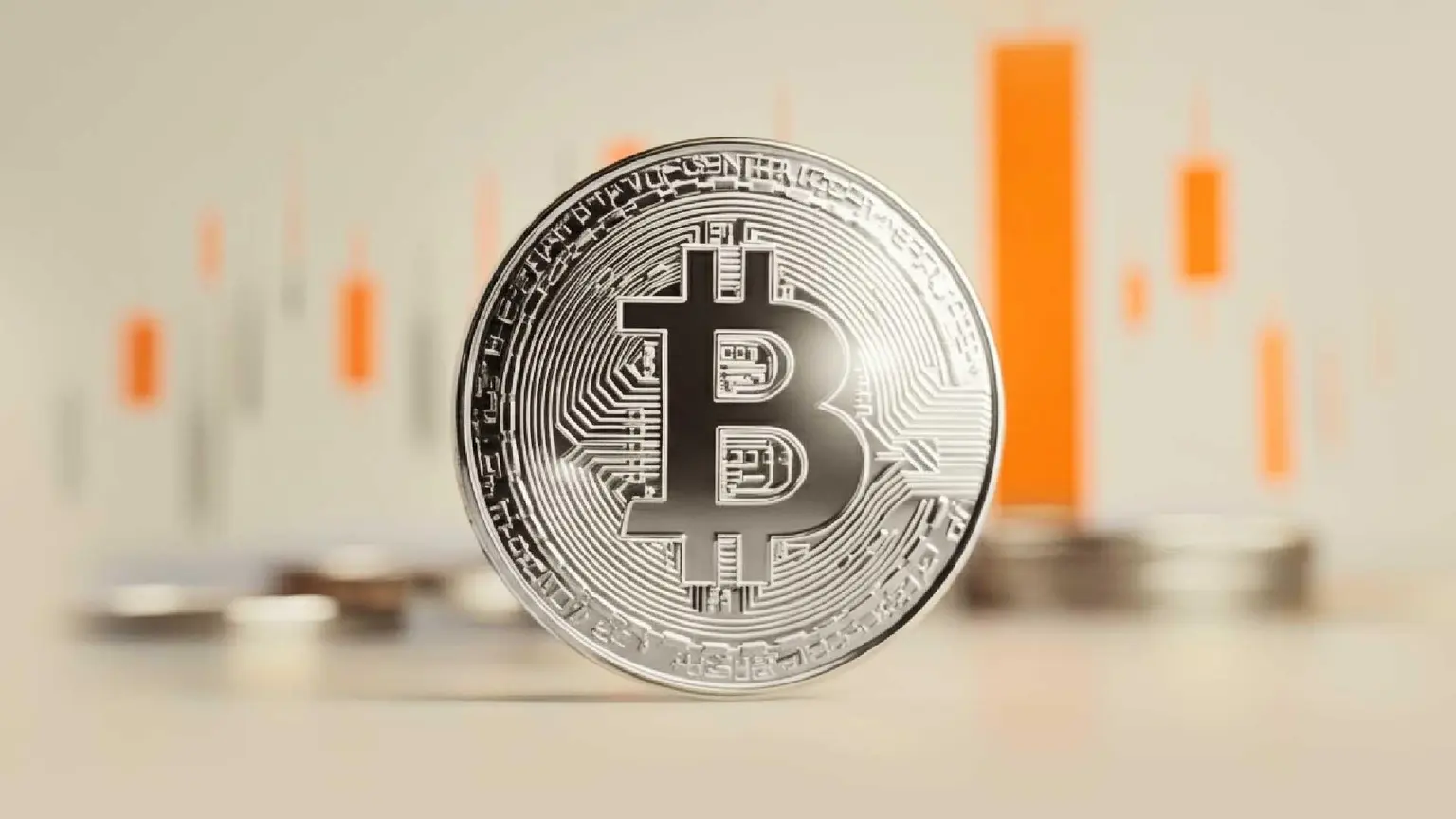Binance.US to suspend US Dollar deposits after SEC motion to freeze assets
- Binance.US has given the notice to suspend USD deposits over "aggressive and intimidating tactics" by the US SEC.
- The exchange noted that its banking partners would do the same for US Dollar withdrawals from June 13.
- The move is part of the platform’s temporary transition to a crypto-only exchange.
- Crypto trading, staking, deposits, and withdrawals will remain operational.

Binance.US, the American arm of Binance.com, said Thursday that it will suspend US Dollar (USD) deposits, noting that its banking partners would do the same for withdrawals from June 13. The crypto exchange attributed the decision to "aggressive and intimidating tactics" by the United States Securities and Exchange Commission (SEC), which on Wednesday asked a court to issue a temporary restraining order to freeze Binance's assets in the US.
Also Read: Two key dates over the SEC request to freeze Binance assets
Binance.US to suspend Dollar deposits
Binance.US plans to suspend USD deposits days after the US SEC moved to freeze the exchange’s assets after filing of lawsuits against Binance and Coinbase. The federal regulator filed for a restraining order to freeze the assets of Binance.US, with a special interest in BAM Management US Holdings, the holding and operating firms for Binance.US.
The SEC has taken to using extremely aggressive and intimidating tactics in its pursuit of an ideological campaign against the American digital asset industry. https://t.co/AZwoBOgsqS and our business partners have not been spared in the use of these tactics, which has created… pic.twitter.com/rlIe6swIoY
— Binance.US (@BinanceUS) June 9, 2023
The news follows an official status update from Binance.US, calling out the SEC for its “extremely aggressive and intimidating tactics” as it moves forward with its crackdown against the American digital asset industry. The move has put Binance.US and its business partners in the crosshairs, creating challenges in their operations and service to users.
The exchange has therefore decided to suspend deposits in US Dollars to protect customers and the platform from the brunt of what would follow as the SEC crackdown continues.
Binance access to US banking system constrained
Similarly, the exchange has revealed that the decision comes in tandem with its banking partners to halt USD withdrawals, giving users only four days to do the needful concerning their USD. It, therefore, means that customers will no longer be able to use USD to buy crypto on the platform after June 13, which hobbles Binance.US' ability to do business in the United States.
This does not mean that customers who have not withdrawn their money by the shutdown date will lose their funds. In theory, they could convert it to a stablecoin such as tether (USDT), withdraw it and convert it back to dollars elsewhere.
However, the mishap between the platform's payment and banking systems suggests that Binance’s banking partners have deemed the exchange too risky a client to continue dealing with. It also means the revelations from the federal regulator have become a concern.
Among the platform's banking partners that have helped Binance.US process billions of dollars in transactions in the past include Axos Bank, Cross River Bank, and the failed Silvergate, Signature, and Silicon Valley banks.
Binance.US admits to productive compromise
Like Binance CEO Changpeng Zhao earlier, the platform has reiterated its commitment to prioritize customers, saying that the suspension is only temporary as part of its effort to transition to a crypto-only exchange. According to the platform, this is a productive compromise which is expected to bolster a “thriving digital asset marketplace" in the US.
The exchange said it is committed to defending itself, its customers, and the entirety of the industry against the “meritless” jabs from the regulator.
Considering the weekend is approaching, Binance.US has forewarned customers of expected downtime and delays:
Any downtime in processing withdrawals may be the result of elevated volumes and weekend bank closures.
Nevertheless, the platform will maintain a 1:1 reserve for all customers’ assets, with uninterrupted crypto trading, staking, deposits, and withdrawals, it said.
Also Read: Binance CEO addresses chat records disclosed by the SEC
US Dollar FAQs
What is the US Dollar?
The US Dollar (USD) is the official currency of the United States of America, and the ‘de facto’ currency of a significant number of other countries where it is found in circulation alongside local notes. It is the most heavily traded currency in the world, accounting for over 88% of all global foreign exchange turnover, or an average of $6.6 trillion in transactions per day, according to data from 2022.
Following the second world war, the USD took over from the British Pound as the world’s reserve currency. For most of its history, the US Dollar was backed by Gold, until the Bretton Woods Agreement in 1971 when the Gold Standard went away.
How do the decisions of the Federal Reserve impact the US Dollar?
The most important single factor impacting on the value of the US Dollar is monetary policy, which is shaped by the Federal Reserve (Fed). The Fed has two mandates: to achieve price stability (control inflation) and foster full employment. Its primary tool to achieve these two goals is by adjusting interest rates.
When prices are rising too quickly and inflation is above the Fed’s 2% target, the Fed will raise rates, which helps the USD value. When inflation falls below 2% or the Unemployment Rate is too high, the Fed may lower interest rates, which weighs on the Greenback.
What is Quantitative Easing and how does it influence the US Dollar?
In extreme situations, the Federal Reserve can also print more Dollars and enact quantitative easing (QE). QE is the process by which the Fed substantially increases the flow of credit in a stuck financial system.
It is a non-standard policy measure used when credit has dried up because banks will not lend to each other (out of the fear of counterparty default). It is a last resort when simply lowering interest rates is unlikely to achieve the necessary result. It was the Fed’s weapon of choice to combat the credit crunch that occurred during the Great Financial Crisis in 2008. It involves the Fed printing more Dollars and using them to buy US government bonds predominantly from financial institutions. QE usually leads to a weaker US Dollar.
What is Quantitative Tightening and how does it influence the US Dollar?
Quantitative tightening (QT) is the reverse process whereby the Federal Reserve stops buying bonds from financial institutions and does not reinvest the principal from the bonds it holds maturing in new purchases. It is usually positive for the US Dollar.
Author

Lockridge Okoth
FXStreet
Lockridge is a believer in the transformative power of crypto and the blockchain industry.





